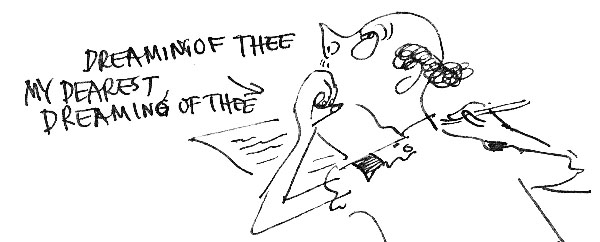Townsville
Sunday, 9.30 am,
[15 Jul 1945]
Darling,
Very hurried line to let you know that I am off to New Guinea in about 1/4 hour.
Lots of love to you and bub.
Arrived here about 11 am yesterday morning & have been staying at the Officer’s Club – am sharing the room & the trip up with Capt. Mark Miller of divorce fame. Will write you all the gossip later.
Love
Am running out of both time and ink.
Bill.
Background:
Divorce Suit in 4th Week .
SYDNEY, Monday.-When the divorce suit of a Sydney couple well-known in social circles entered its fourth week before a judge and jury in the Divorce Court to-day, it was estimated that costs had already passed the £2500 mark. Parties to the action are Captain Marcus Matthew Miller,A.I.F., son of a leading coal mine and brewery owner, and his wife, Jean Josephine Miller (nee O’Halloran),daughter of a well-known Sydney solicitor.
Miller is suing for divorce on the grounds of his wife’s adultery with Clifford Alexander, knitting mills proprietor, of Surry Hills, while his wife is cross-petitioning on the grounds of her husband’s adultery with a woman unknown and also his cruelty. Alexander is denying the allegation against him.
Source: 1945 ‘Divorce Suit in 4th Week.’, Advocate (Burnie, Tas. : 1890 – 1954), 5 June, p. 5, viewed 11 July, 2013, http://nla.gov.au/nla.news-article68927076

